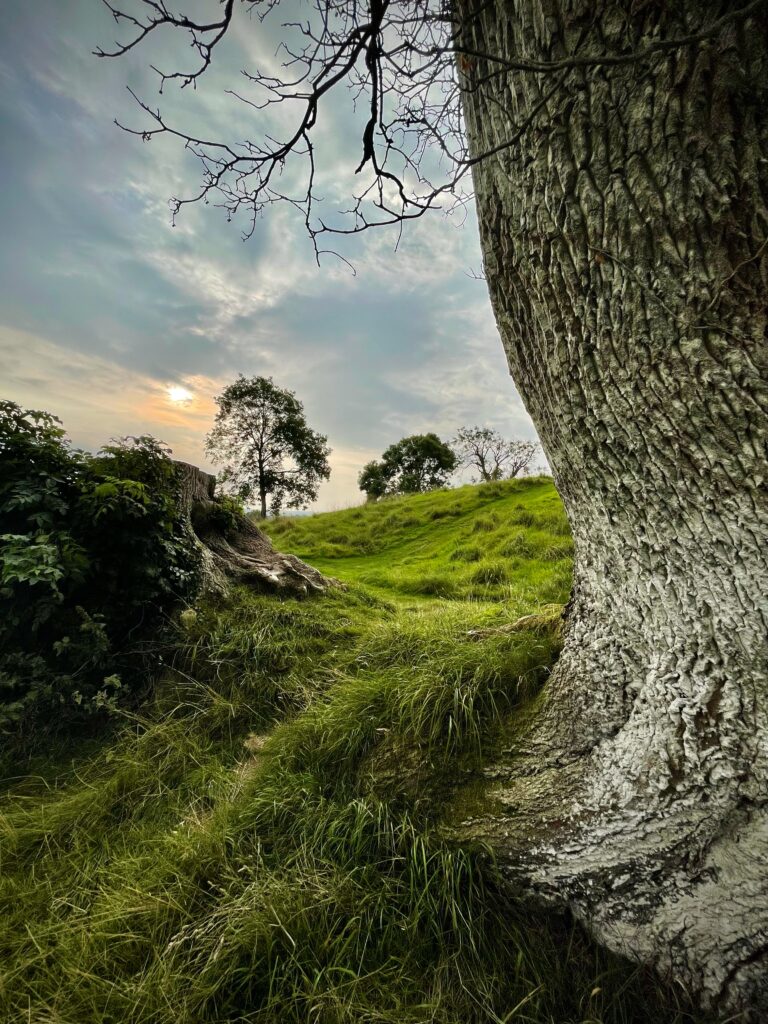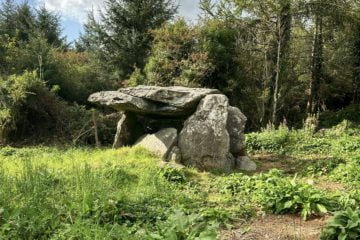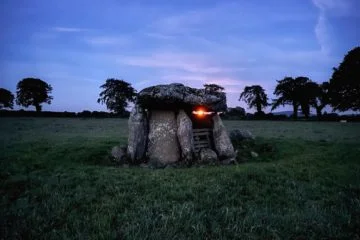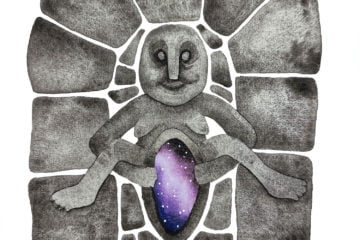
A few weeks back, I finally had the opportunity to make the journey up to Emain Macha in lovely Armagh. This is a place that had been on my list for years, and I can honestly say that it was one of the best experiences I have ever had exploring a site. Not only is the monument itself utterly spellbinding, but the visitor centre and museum are also excellent and really do this site the justice it deserves.
A Place of Myth and History
Emain Macha is the mythological seat of the ancient Kings and Queens of Ulster, and one of the great archeological sites of pre-Christian Ireland. It is even believed to be the site marked as ‘Isamnion’ on a second century map by Ptolemy, which shows us just how important it once was.
This prehistoric site, thought to have been a Pagan ceremonial space, shows evidence of activity from the Neolithic period. However, it was at the height of its importance in the Iron Age, when the mounds that we see today were constructed. In the 1st century BC (dated to 95BC by dendrochronology) a huge roundhouse was built, then deliberately filled with stones and set alight in what may have been a ritual act.
The Tales of Macha
In Irish mythology, it is said to have been the the capital of the Ulaidh tribe, and was named after the goddess Macha. A figure whose association with the province of Ulster has echoed through the centuries. There are many tales of Macha’s exploits, including one from which the site got its name.
In this tale, Macha’s husband brags that she could outrun the kings horses, and he commands that she be brought to race them. Macha is heavily pregnant but is forced to race regardless. She wins the race, but collapses in exhaustion at the finish line and goes into labour, giving birth to twins.
In her dying breath she curses the men of Ulster, that in their time of greatest need they would be struck down with the pain of childbirth, with the curse to last for nine generations. The two mounds were given the name ‘Emain Macha’ – the twins of Macha.
Final Thoughts
There is so much that could be said about this site, and how it’s mythology is so inextricably intertwined with its archeological reality, but I’ll come back to all that in another post.



1 Comment
Comments are closed.